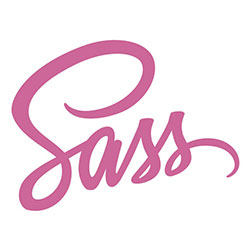JavaScript CSS Helpers
I spend a good amount of time looking at JavaScript framework source code. Regardless of which frameworks you have allegiance to, you can learn an awful lot by looking under the hood of widely used code collections. One of many handy snippets can be found within the MooTools source code: functions to camelize and hyphenate strings so that your own min framework can accept either form of CSS setter or getter. Here are the functions in all of their glory.
The JavaScript
As you could probably guess, this task is best accomplished with regular expressions:
function camelize(str) {
return (str + "").replace(/-\D/g, function(match) {
return match.charAt(1).toUpperCase();
});
}
camelize("border-bottom-color"); // "borderBottomColor"
function hyphenate(str) {
return (str + "").replace(/[A-Z]/g, function(match) {
return "-" + match.toLowerCase();
});
}
hyphenate("borderBottomColor"); // "border-bottom-color"
A couple of really handy JavaScript String to corresponding String format functions. Instead of expecting strings in only one format, your mini library can now accept both!




That code is nice and purdy.
I do loves me some concision.